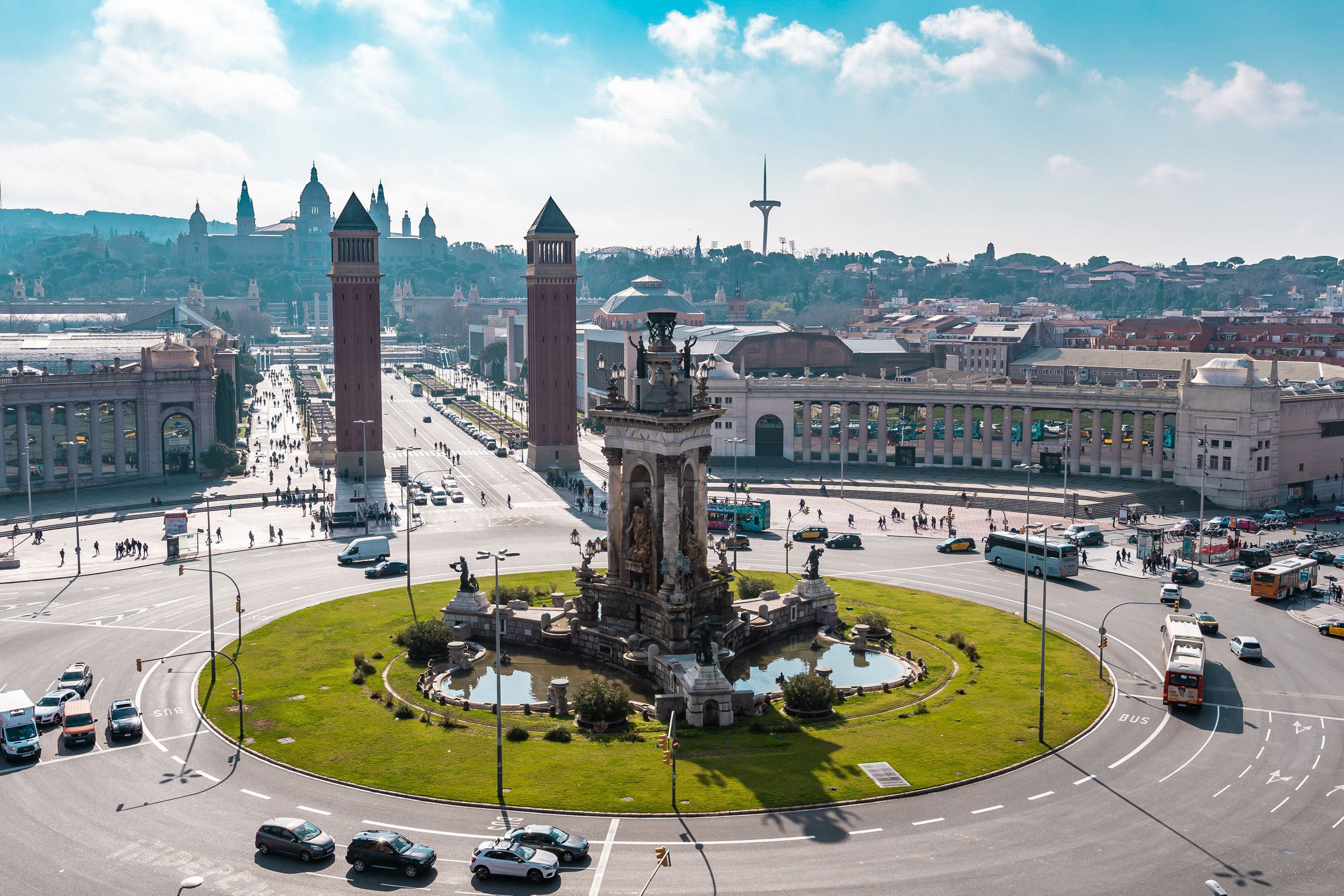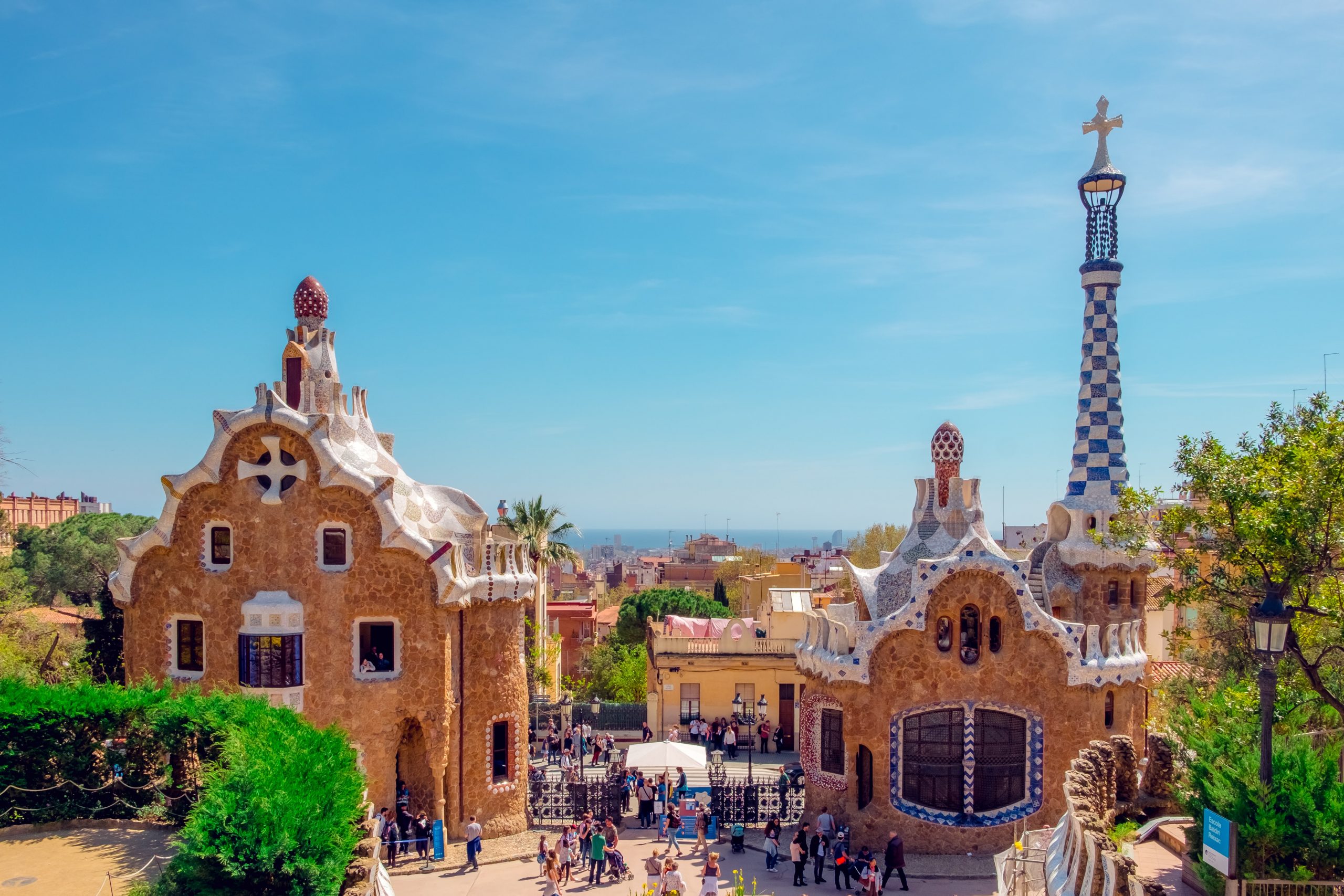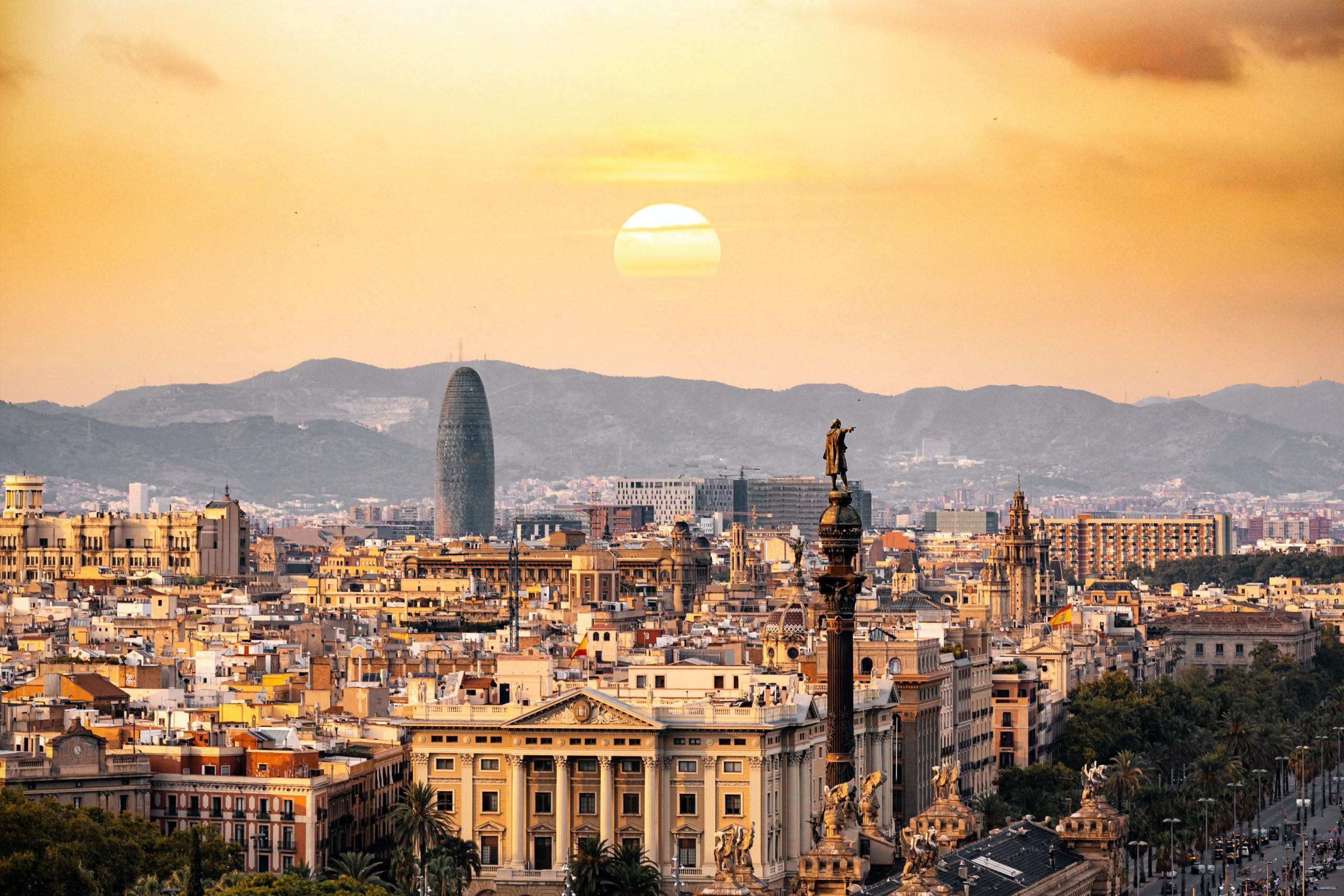To fall in love with Barcelona you need to come and feel it, meet its people, walk its streets, and experience the local vibe.
Considered one of the world’s best culture hubs, it’s filled with architectural masterpieces, mouth-watering tapas, golden beaches, sun and innumerable things to explore.
Besides Barcelona being known for its brilliant architecture, art museums, beaches and tasty cuisine, the capital of Catalunya excels in public transport and is committed to environmental, sustainable mobility and social issues.
For these reasons, along with many more make the city a perfect location for hosting the UITP Summit.
UITP is proud to host the next edition of the UITP Global Public Transport Summit in Barcelona, Spain from 4-7 June 2023.
Seize this unique opportunity for growth and development in this fabulous city by joining the whole industry at the UITP Summit. It’s the ideal place to connect with your customers and position yourself as a leader of urban mobility.



